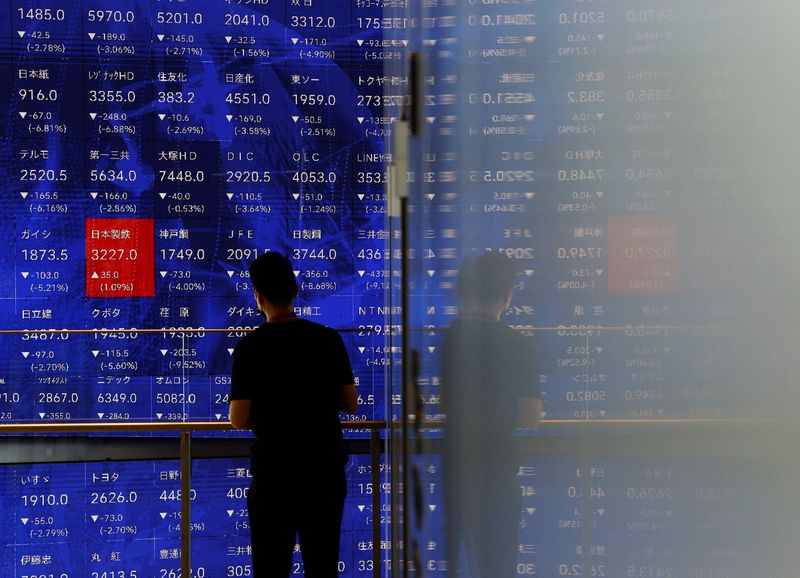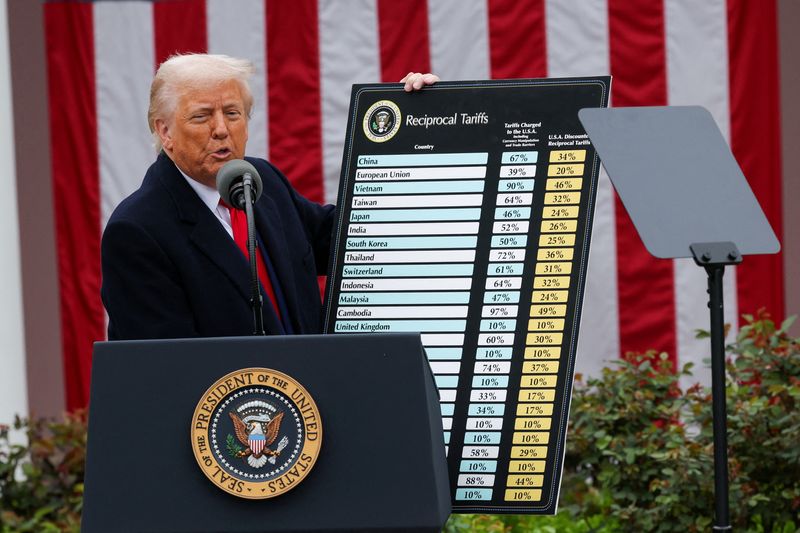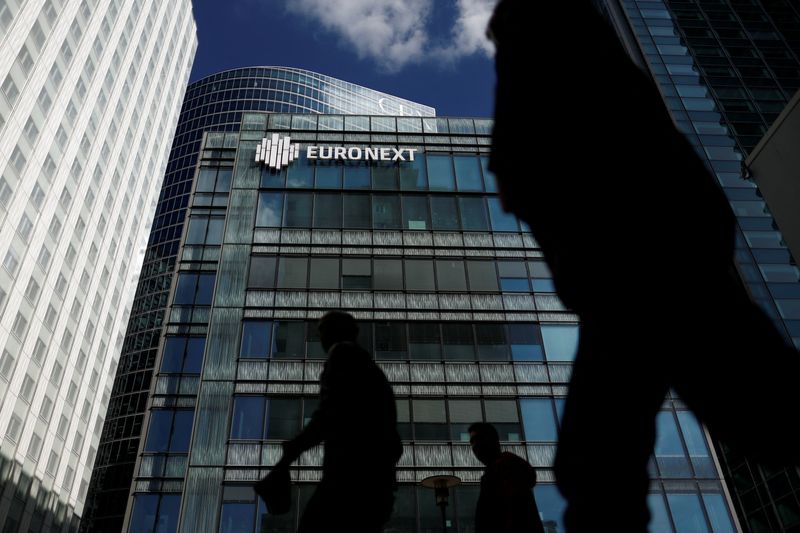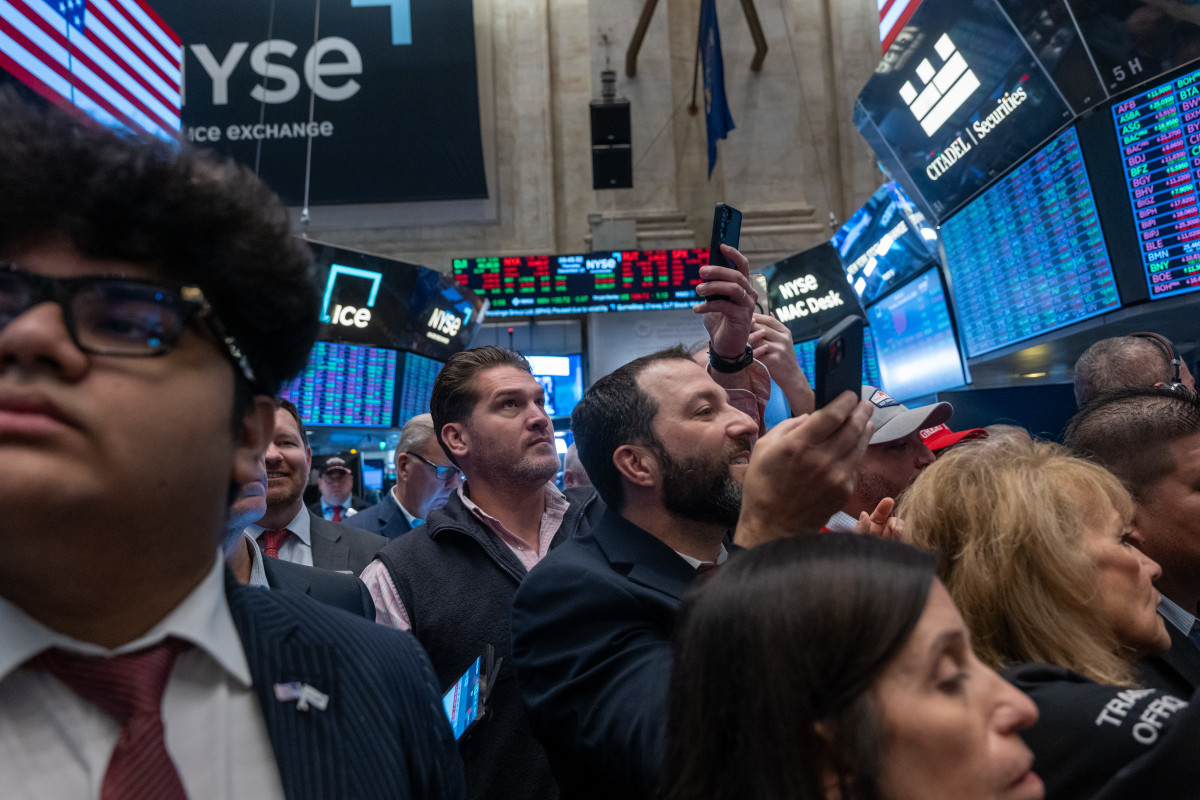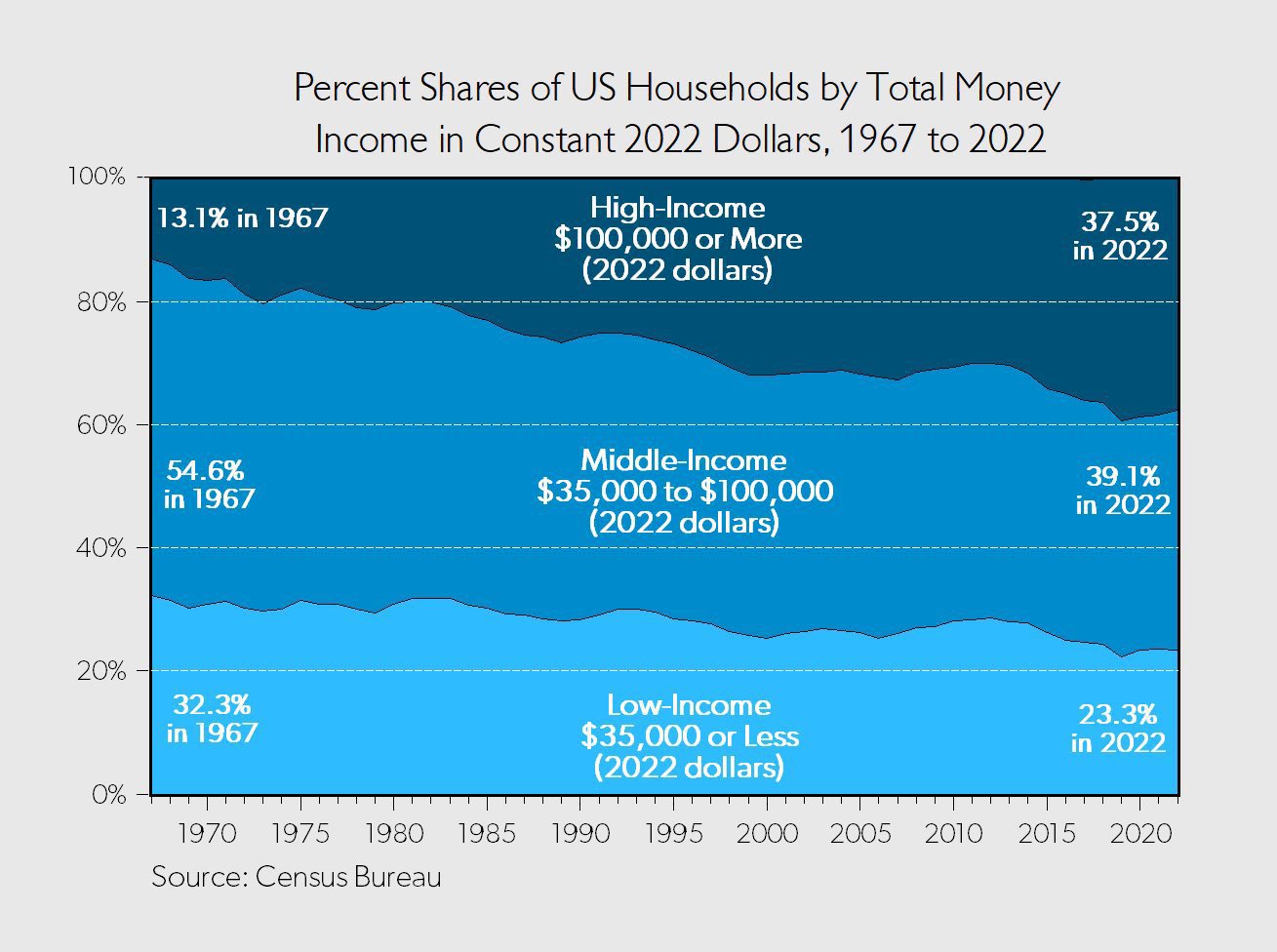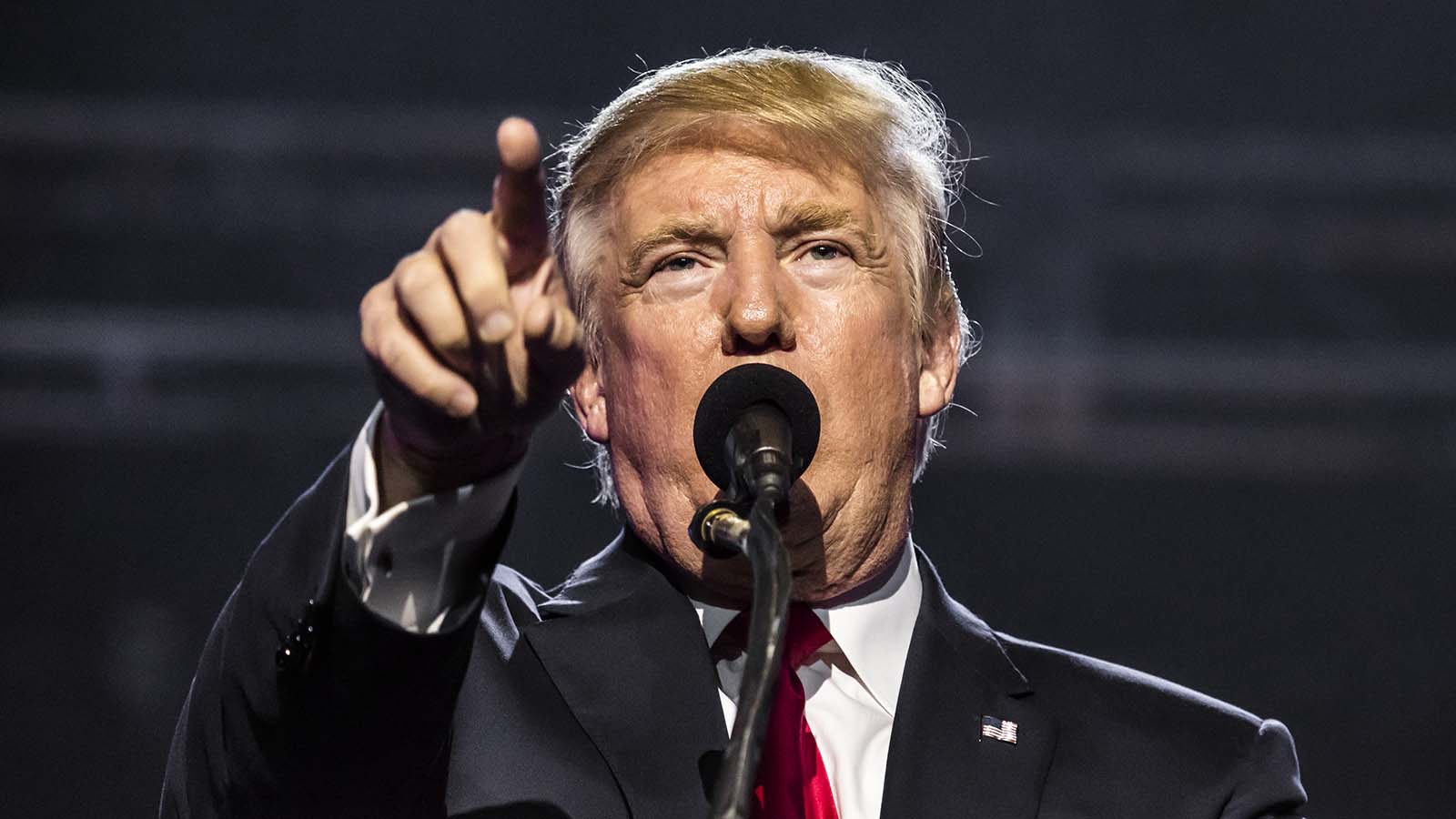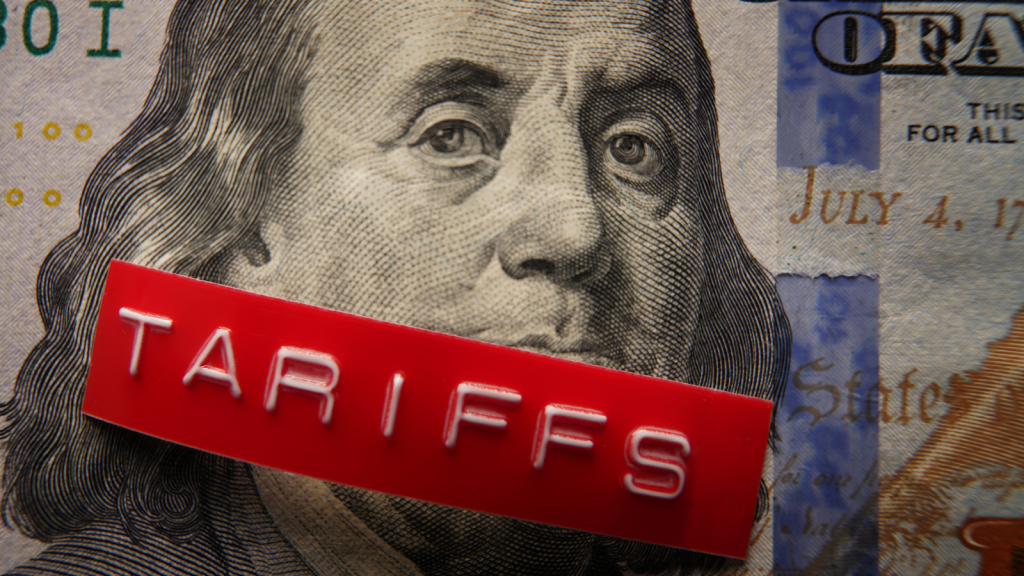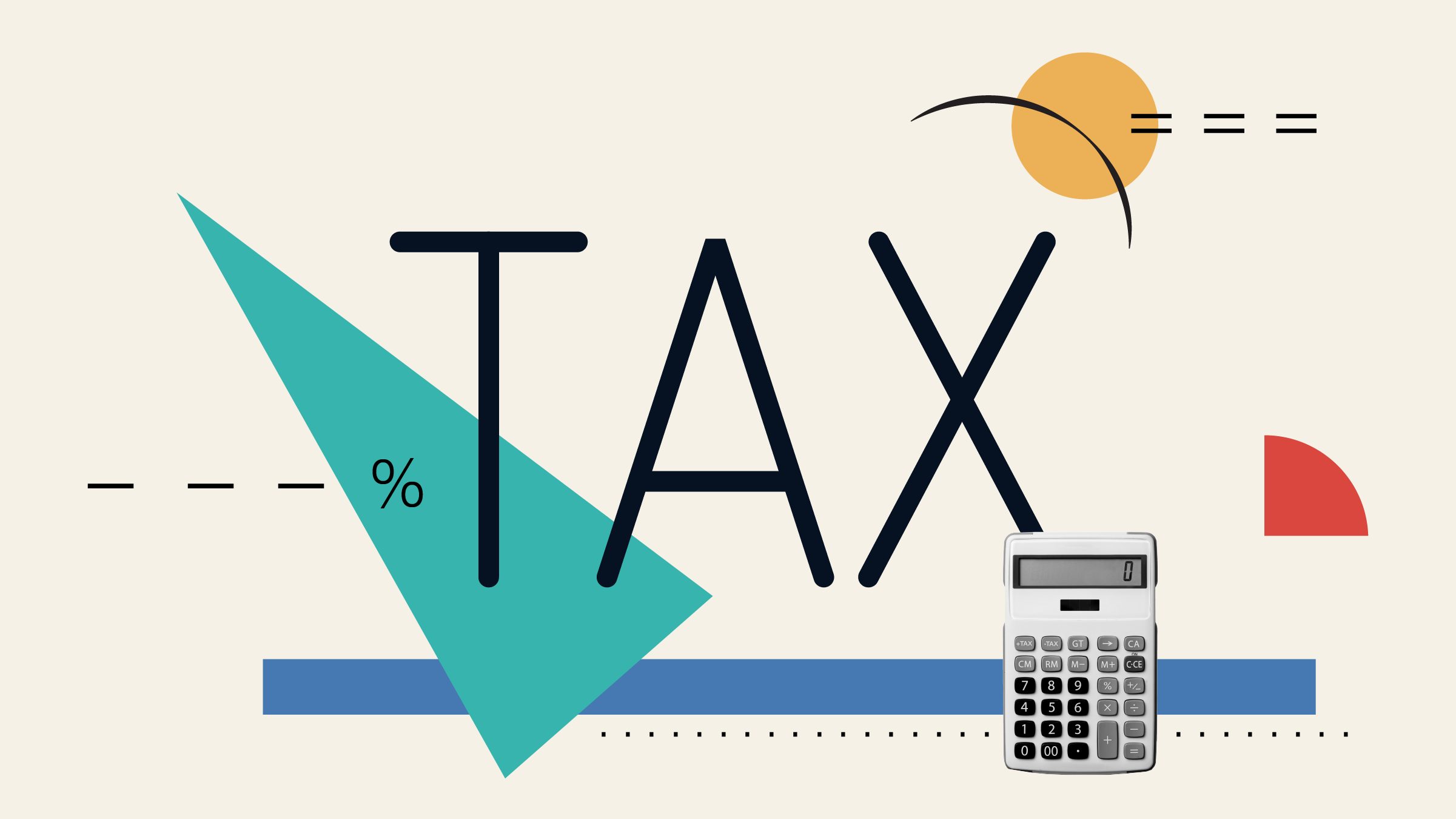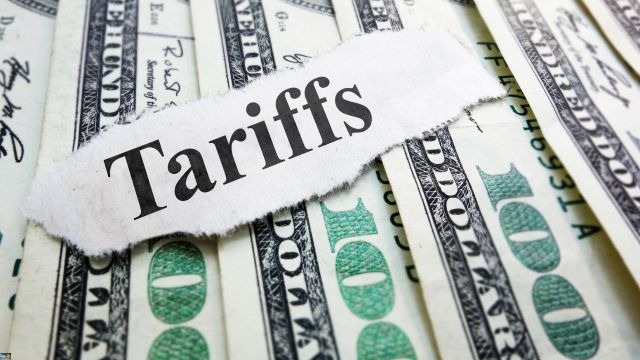Why Amazon, Walmart, and Target Stocks Dropped More Than 10% in March
Amazon (NASDAQ: AMZN), Walmart (NYSE: WMT), and Target (NYSE: TGT) stocks all fell more than 10% last month according to data provided by S&P Global Market Intelligence. The market's been down on tariff talks and moves, and the S&P 500 dropped 5% in March. Since these mega-retailers could be strongly impacted by changes in tariffs, they're falling faster.The market is on edge in preparation for President Donald Trump to release his complete tariff plan and in expectation of what the fallout could be. Out of the three stocks here, only Target doesn't have international operations. Amazon and Walmart both have extensive international operations, but Target has exposure to the tariff plan through its imports.Out of the three, Target lost the most -- 16%. It's already been struggling for years as different economic measures keep dealing it more blows. Most recently, it's struggling through decreases in discretionary spending. Unlike some of its peers, Target's focus is less on grocery and more on discretionary categories like housewares where customers are still holding back. It's having trouble generating higher sales and also with profitability, and new tariff actions could worsen the situation. In fiscal 2025 (ended Feb. 1), comparable sales inched up 1%, but earnings per share (EPS) dropped 19%. It recently released a strategic overhaul, doubling down on its main categories with new styles and selection, as well as its best-in-class omnichannel shopping options. These are the traditional features it relies on for growth, but they rely on improving economic conditions. It may not pan out as planned if external forces play an increasing role.Continue reading

Amazon (NASDAQ: AMZN), Walmart (NYSE: WMT), and Target (NYSE: TGT) stocks all fell more than 10% last month according to data provided by S&P Global Market Intelligence. The market's been down on tariff talks and moves, and the S&P 500 dropped 5% in March. Since these mega-retailers could be strongly impacted by changes in tariffs, they're falling faster.
The market is on edge in preparation for President Donald Trump to release his complete tariff plan and in expectation of what the fallout could be. Out of the three stocks here, only Target doesn't have international operations. Amazon and Walmart both have extensive international operations, but Target has exposure to the tariff plan through its imports.
Out of the three, Target lost the most -- 16%. It's already been struggling for years as different economic measures keep dealing it more blows. Most recently, it's struggling through decreases in discretionary spending. Unlike some of its peers, Target's focus is less on grocery and more on discretionary categories like housewares where customers are still holding back. It's having trouble generating higher sales and also with profitability, and new tariff actions could worsen the situation. In fiscal 2025 (ended Feb. 1), comparable sales inched up 1%, but earnings per share (EPS) dropped 19%. It recently released a strategic overhaul, doubling down on its main categories with new styles and selection, as well as its best-in-class omnichannel shopping options. These are the traditional features it relies on for growth, but they rely on improving economic conditions. It may not pan out as planned if external forces play an increasing role.
